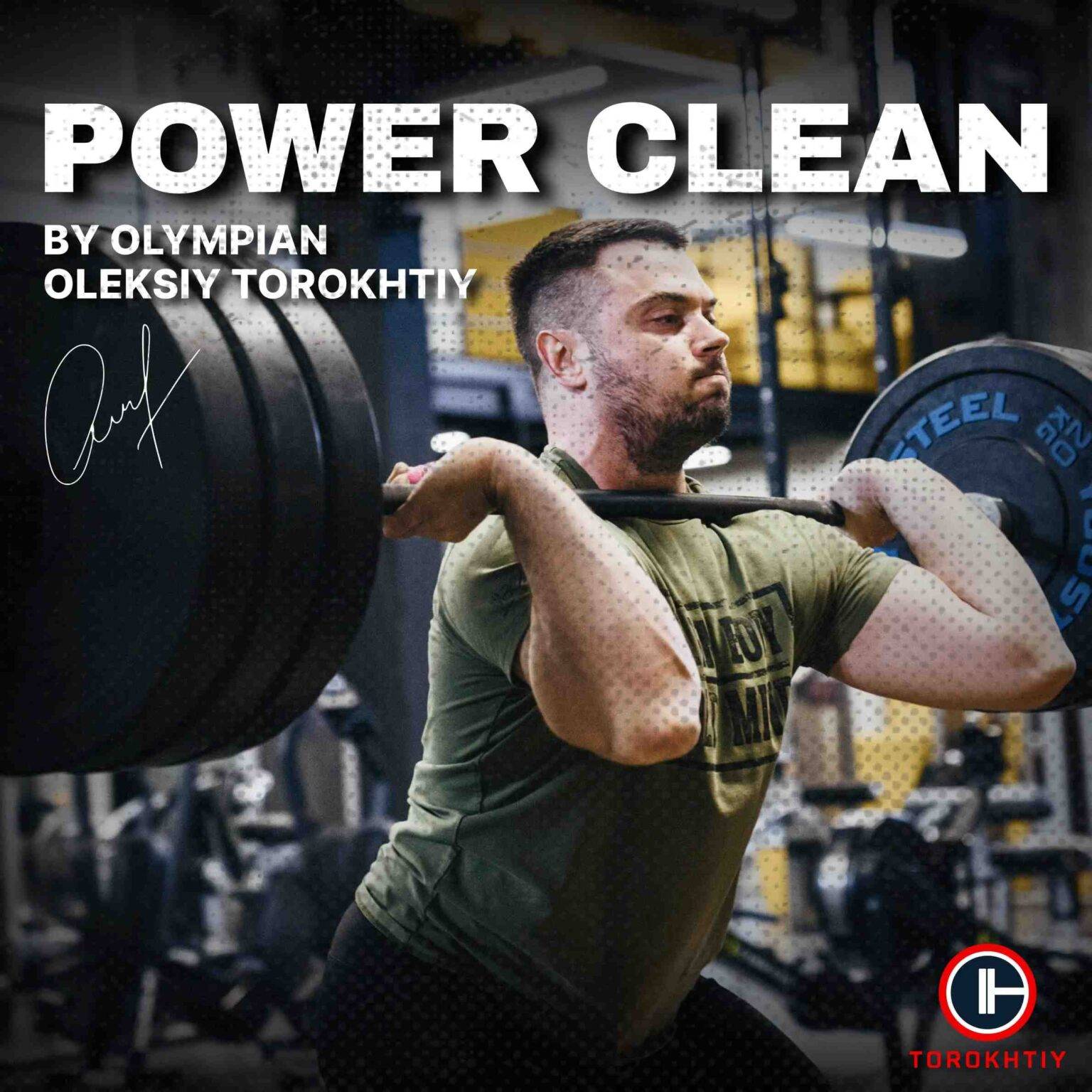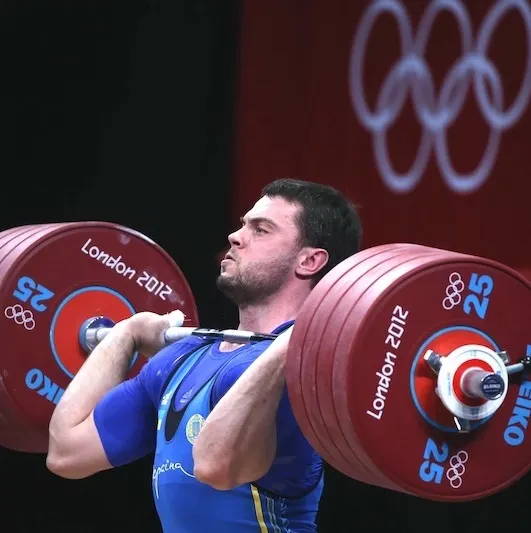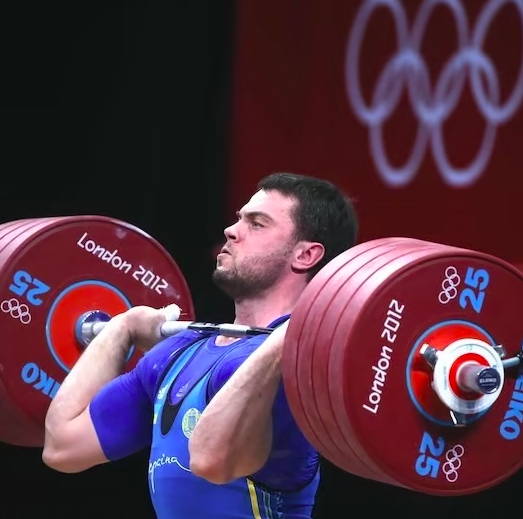April 04, 2025
Power Clean Progression: Techniques for Optimal Performance
Power clean progression is a systematic approach to improving this lift, ensuring that athletes can execute it with greater efficiency, heavier loads and better form. It includes a series of exercises and drills that target the different phases of the power clean from the initial pull to the explosive finish.
Power clean progression is a systematic approach to improve the power clean by focusing on technique, increasing load capacity and ensuring proper form through a series of drills and exercises targeting each phase of the lift, this progression enhances performance and reduces injury risk.

What is Power Clean?
In Olympic weightlifting, the power clean is essential for mastering the clean and jerk. Functional fitness enthusiasts incorporate the power clean into their routines to enhance athletic performance, agility and explosive power.
Similarly, athletes from different sports use the clean to improve their performance on the field by developing quick powerful movements.
It’s very important for beginners learning the lift through different progressions, and for advanced lifters, aiming to break through plateaus. Understanding and implementing power clean progression can significantly boost an athlete’s performance and reduce the risk of injury.
In this article, we will explore detailed execution of the power clean progressions for Olympic weightlifting, functional fitness and athletic training. Whether you are a novice or an experienced lifter, understanding and implementing power clean progression techniques will help you achieve optimal performance and elevate your training to new heights.
Power Clean Progression for Olympic Weightlifting
The progression for mastering the power clean in Olympic weightlifting begins with foundational drills that emphasize technique and form. These initial phases focus on building strength and familiarity with the movements required for the successful power clean.
Key drills include:
1. Front Squat
2. Hang Clean
3. Clean Pull
8 Progression Steps For Building Up to Full Power Clean
1. Establish Stance
2. Establish the Grip

3. Top-Down Progression: Front Squat
4. Muscle Clean from Hip
5. Power Clean From Hip
Progress to a hip power clean. This teaches lifters to change direction moving from a muscle clean extension to a power clean`s finish and move under. Ensure hips extension coordinating with elbows, wrapping around the bar.
Follow the power clean with the front squat after a brief pause in the power catch position. Emphasize the importance of the bar path, keeping it close to the body and the rapid transition from the pull to the catchphrase.
6. Hang Power Clean Above Knees
7. Knee Pause Power Clean
8. Full Power Clean
Integration Into Olympic Weightlifting Programs
🔻POWER CLEAN PROGRAM
Elevate Your Game with the POWER CLEAN Program!
🏋️♂️ Boost explosive strength in 6 weeks.
💪 Enhance performance across sports.
📆 Three intense sessions per week for 6 weeks.
🔥 Natural, functional movements for athletic peak.
🏅 Achieve new results in the POWER CLEAN
⏱ Quick results without long-term commitment.
Join today and dominate your sport! 💥💪
Power Clean Progression For Functional Fitness
In functional fitness, the power clean is adapted to enhance overall athletic performance, including strength, power and endurance. Unlike traditional Olympic weightlifting where the focus is on maximal lifts, functional fitness incorporates power cleans into high intensity workouts to develop well rounded physical capabilities.
The goal is to perform power cleans efficiently under different conditions, like for example metabolic fatigue.

To effectively progress in power cleans within functional fitness, a combination of progressive overload and variation techniques is essential. Progressive overload involves gradually increasing the weight or volume of the lifts to continuously challenge the muscles and improve strength. Variation techniques keep the workouts engaging to prevent plateau.
Ideal scenario would be to train technique not till you can do it great, but till you can’t do it bad, in any conditions (like metabolic fatigue caused by previous exercise)
Some of the Key strategies to progressively overload your body: volume, intensity, frequency, rest time, tempo etc.
Follow us!

FREE

FREE
Get a 2-week Weightlifting Program as a bonus for the subscription to kickstart your training plan!
1. Increasing Load
Gradually add weight to the barbell as strength improves.
2. Volume Progression
Increase the number of sets and reps overtime.
3. Tempo Training
Vary lifting speed, incorporating, slow eccentrics or explosive Concentrics
4. Complexes
Combine cleans with other movements, such as front squats, push presses, pulls to enhance overall functional fitness.
4 Examples Of Functional Workouts Incorporating Power Cleans
Here are a few examples that incorporate power cleans:
1. EMOM
Perform 3 power cleans every minute for 10 minutes. Focus on maintaining form and speed throughout the workout.
2. AMRAP
In 12 minutes complete as many rounds as possible of 12 power cleans 12 box jumps 12 pull-ups. This workout can test muscle endurance, and strength.
3. Power Cleans & Burpees
10 rounds of 5 power cleans and 10 burpees. This workout combines explosive lifting and conditioning allowing you to test your lifting technique under fatigue.
4. Ladder
Start with 1 power clean in the first minute, 2 in the second and so on until failure. This workout challenges both strength and endurance.
Power Clean Progression for Athletic Training
Power clean progression can be tailored to meet the specific demand of various sports. By focusing on sports specific movements and requirements athletes can develop the necessary strength, power and explosiveness.
For example, football players might emphasize heavy power cleans to build overall strength while track and field athletes may focus on lighter, explosive reps to enhance speed and power.
Incorporating variations of the power clean can significantly enhance athletic performance. Variations like the mid-thigh power clean, power clean from blocks and complexes, such as power clean + front squat, clean pull + power clean, target different phases of the lift.

Integrating power clean progression into an athlete’s training routine involves periodization and careful programming. Power cleans can be included in strength and conditioning sessions, typically performed 2-3 times per week.
Ensure adequate recovery and complement power cleans with accessory exercises, such as squats, deadlifts and plyometrics to support overall athletic development.
Conclusion
The power clean is a fundamental exercise that enhances strength, power, coordination and overall performance. By following a structured progression tailored for Olympic weightlifting, functional fitness and athletic training you can achieve significant improvements.
We encourage you to implement these progression strategies into your training regimen. Share your experience insights and any questions in the comments below – we would love to hear from you and support your fitness journey.
References:
- Lachlan P. James, Paul Comfort, Timothy J. Suchomel, Vincent G. Kelly, Emma M. Beckman, G. Gregory Haff, “Influence of Power Clean Ability and Training Age on Adaptations to Weightlifting-Style Training,” Journal of Strength and Conditioning Research, November 2019, 33(11): 2936-2944.
- Saddam Akbar, Kim Geok Soh, Nasnoor Jazaily Mohd Nasiruddin†, Marrium Bashir, Shudian Cao, Kim Lam Soh, “Effects of neuromuscular training on athletes physical fitness in sports: A systematic review,” Frontiers in Physiology, Sec. Exercise Physiology, Volume 13, September 23, 2022.
- Huyghe, T., Goriss, B., DeLosAngeles, E., & Bird, S. P. (2021). Exploring The Power Clean. International Journal of Strength and Conditioning, 1(1).
- Kipp K, Malloy PJ, Smith JC, Giordanelli MD, Kiely MT, Geiser CF, Suchomel TJ. Mechanical Demands of the Hang Power Clean and Jump Shrug: A Joint-Level Perspective. J Strength Cond Res. 2018 Feb;32(2):466-474. doi: 10.1519/JSC.0000000000001636. PMID: 27669182.
- Comfort P, Allen M, Graham-Smith P. Kinetic comparisons during variations of the power clean. J Strength Cond Res. 2011 Dec;25(12):3269-73. doi: 10.1519/JSC.0b013e3182184dea. PMID: 22080325.
- Hori N, Newton RU, Andrews WA, et al. Does performance of hang power clean differentiate performance of jumping, sprinting, and changing of direction? Journal of Strength and Conditioning Research. 2008 Mar;22(2):412-418. DOI: 10.1519/jsc.0b013e318166052b. PMID: 18550955.
- Photos by Torokhtiy Media Team.
Why Trust Us?
The product testing process is described in more detail here.
Experience: 21 years
Best Results: Snatch – 200 kg,
C&J - 240 kg
My name is Oleksiy Torokhtiy. I am a professional athlete with 20 years of experience in Olympic weightlifting. I have won multiple European, and World titles and have taken part in two Olympic Games (Beijing 2008, London 2012).
After finishing my career, I have committed myself to coach, and as of 2022, I’ve hosted 200+ weightlifting seminars all over the globe. I’m the founder of an international sportswear and accessories brand, Warm Body Cold Mind (my motto), author, and creator of a series of training programs and eBooks.
If you have any questions/suggestions/any other inquiry, you can reach out to us via email - reviews@torokhtiy.com




